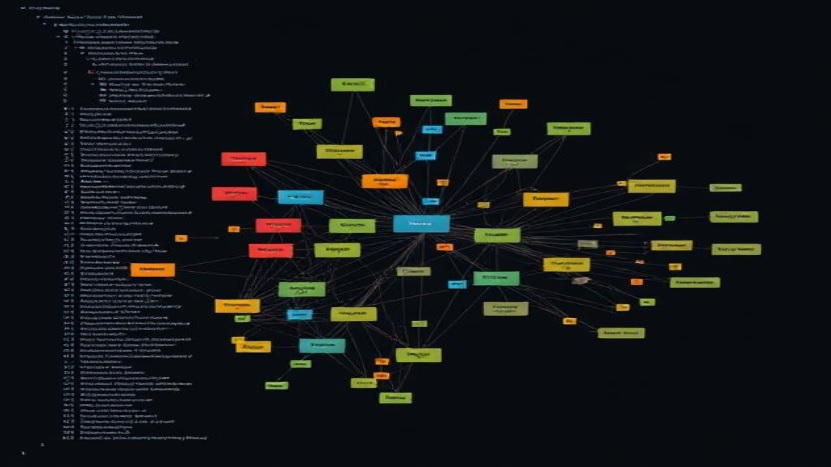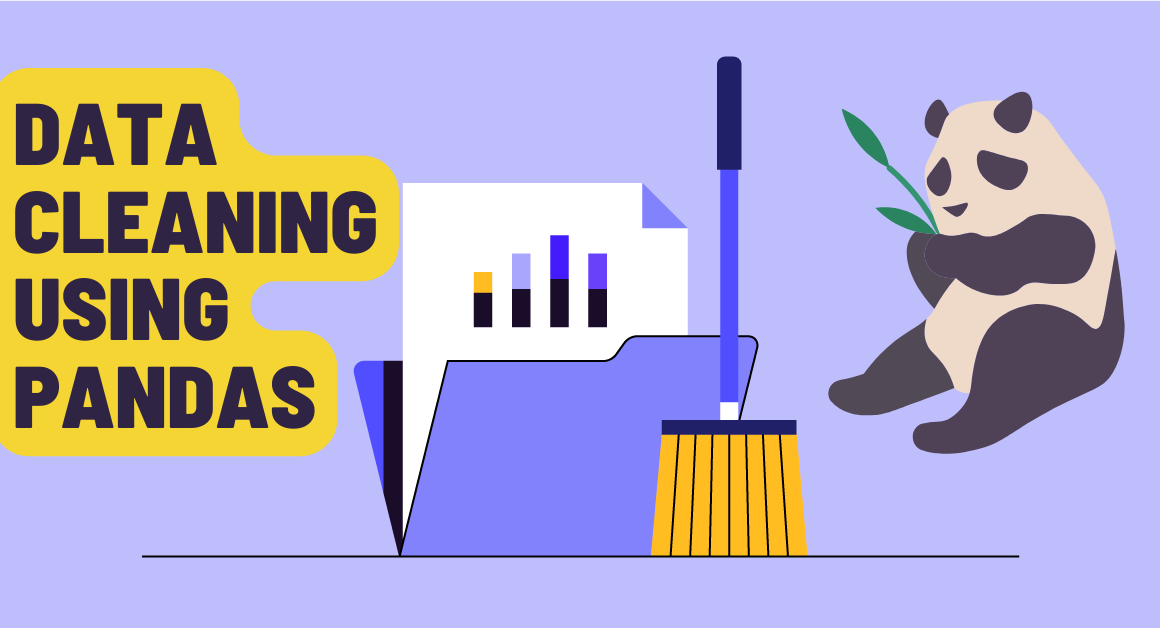As a data scientist, you’re often expected to handle complex, interconnected data efficiently. Traditional relational databases excel at storing and organizing data, but they struggle when managing highly connected data, such as in social networks or recommendation engines. That’s where graph databases come into play.
Graph databases are designed to model and analyze relationships. They provide a flexible and efficient way to manage complex data connections, helping researchers and businesses uncover insights faster. As a result, graph databases are becoming an increasingly popular tool in the data science toolkit.

What Are Graph Databases?
Graph databases are a type of NoSQL database optimized for handling data structured as a network of entities and relationships. Unlike relational databases that use tables and rows, graph databases represent data through:
- Nodes: representing entities (people, products, places, etc.)
- Edges: representing relationships between those entities
This structure aligns with how humans naturally think about connections, making graph databases ideal for modeling complex systems.
Graph Databases vs Relational Databases
Relational databases rely on predefined schemas and use JOIN operations to retrieve related data across multiple tables. While effective for structured, tabular data, they can become inefficient when dealing with deeply connected or dynamic data.
Graph databases, on the other hand:
- Do not require rigid schemas
- Excel at relationship traversal
- Allow queries that explore connections in real-time with minimal performance degradation
This makes them well-suited for applications where relationships are as important as the data itself.
Graph Databases for Machine Learning
Graph databases offer unique advantages for machine learning:
- Graph embeddings transform graph structures into feature vectors for models.
- Node attributes can serve as direct input for supervised or unsupervised learning tasks.
Graph algorithms such as PageRank, shortest path, and community detection are powerful tools for feature engineering. They enhance classification, clustering, and prediction tasks across domains like fraud detection, recommendation systems, and network analysis.
Graph Algorithms for Data Analysis
Popular graph algorithms include:
- Shortest Path: optimize routing and logistics
- Community Detection: identify clusters in social networks
- PageRank: rank nodes by importance (used famously by Google)
- Centrality Metrics: determine influential nodes within a network
Platforms like Neo4j provide robust implementations of these algorithms, helping analysts gain deeper insights from connected data.
Use Cases of Graph Databases
Graph databases are used across various industries:
- Fraud detection: uncover hidden patterns in transaction data
- Recommendation engines: suggest products or content based on relationships and user behavior
- Network management: optimize and monitor IT and telecom infrastructure
- Supply chain analysis: map and analyze supply chain relationships
The ability to traverse relationships quickly and intuitively makes graph databases indispensable in these contexts.
Knowledge Graphs in Data Science
Knowledge graphs are an advanced application of graph databases. They represent complex domains by linking entities and concepts. Major companies like Google and Meta (Facebook) use knowledge graphs to power:
- Smart search and content discovery
- Personalized recommendations
- Natural language understanding
In natural language processing (NLP), knowledge graphs help machines understand the relationships between words and concepts. Businesses also use them for decision support by revealing hidden connections and organizing information meaningfully.
NoSQL Databases for Data Science
NoSQL databases offer flexibility and scalability that traditional SQL databases can’t match. They support:
- Unstructured and semi-structured data (text, images, logs)
- Evolving data formats without rigid schemas
Types of NoSQL databases include:
- Document stores
- Column-family databases
- Graph databases (key for exploring relationships)
Graph databases are particularly valuable in social network analysis, recommendation systems, fraud detection, and complex relationship exploration — making them a favorite in modern data science projects.
Best Graph Databases for Big Data
Several graph databases excel at managing large-scale data:
- Neo4j: the most popular open-source graph database, offering rich graph algorithms and a strong ecosystem
- Amazon Neptune: a fully managed AWS service that integrates well with cloud infrastructure
- TigerGraph: designed for deep-link analytics on massive datasets
- ArangoDB: a multi-model database supporting graphs, documents, and key-value data
These platforms help organizations analyze big data through the lens of relationships, unlocking new opportunities for insight.
Conclusion
Graph databases are powerful tools for modern data science. They allow you to model, analyze, and understand complex relationships at scale — a capability increasingly valuable in today’s data-driven world.
Mastering graph databases can significantly boost your career prospects in the data field. If you’re looking to develop these skills, Console Flare offers industry-aligned data science courses designed to help you land high-paying roles.
For more such content and regular updates, follow us on Facebook, Instagram, LinkedIn




